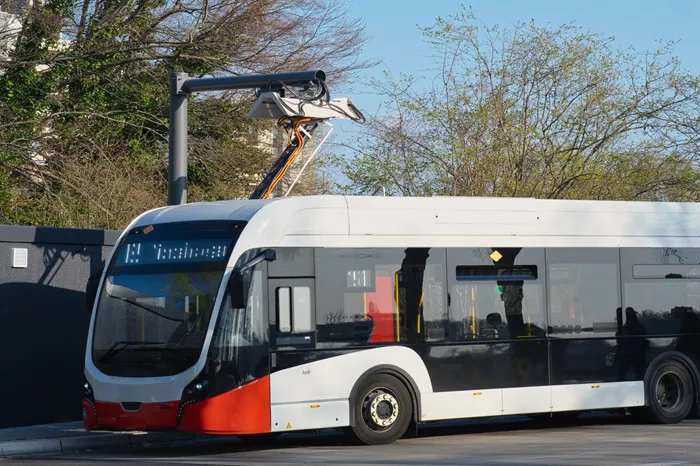America’s commercial truck and bus fleets are making strides towards near-zero emissions, primarily driven by advanced internal combustion engines. Despite the rise of zero-emission technologies, gasoline, diesel, natural gas, and propane remain the dominant fuel sources.
According to S&P Global Mobility TIPNet data, internal combustion engines power nearly all of the nation’s commercial vehicles, with diesel holding a commanding 76% share, followed by gasoline at 22%. The remainder includes natural gas and propane, while electric vehicles (EVs) like battery electric and fuel cell vehicles represent a smaller fraction. Electric transit buses lead the EV adoption with 7.8%, while electric-powered commercial trucks and school buses account for 20,000 and 2,000 units respectively.
Impact on Emissions and Fuel Efficiency
Advanced diesel trucks, particularly those from 2010 onwards, are equipped with cutting-edge emissions controls, significantly reducing environmental impact. All commercial diesel trucks on the road belong to this newer generation, marking a 4% increase from the previous year. Notably, California has shown rapid growth in advanced technology diesel vehicles.
Allen Schaeffer, Executive Director of the ETF, underscores the environmental benefits of these newer diesel technologies. He projects that from 2010 to 2030, advanced diesel trucks will collectively save 1.3 billion tons of carbon dioxide emissions and 130 billion gallons of fuel, while also cutting particulate matter and nitrogen oxide emissions by substantial amounts.
The Role of Renewable Fuels and Future Outlook
Renewable fuels play an increasingly vital role in reducing emissions from the nation’s truck and bus fleets. In 2023 alone, the US consumed over 2.8 billion gallons of renewable diesel and 1.9 billion gallons of biodiesel. Production capacity for renewable diesel is projected to reach 5.9 billion gallons annually by the end of 2025. Furthermore, more than 79% of natural gas used in transportation in 2023 was renewable natural gas (RNG), achieving the lowest carbon intensity score among clean fuel options in California.
While zero-emission vehicles currently constitute a small fraction of the commercial vehicle population, with electric trucks at just 0.1%, Schaeffer emphasizes their potential for growth. He predicts that as battery electric and hydrogen technologies advance, internal combustion engines will remain dominant in goods movement and public transport sectors for years to come. Continued innovation, adoption of the latest ICE technology, and expanded use of renewable fuels are crucial for sustained progress towards reducing greenhouse gas emissions.
Conclusion
America’s truck and bus fleets are progressively transitioning to advanced, near-zero emission internal combustion engines, yielding significant environmental and economic benefits. Ongoing development and adoption of both internal combustion engines and renewable fuel technologies are essential for achieving long-term sustainability goals.
Related topics:
Diesel Fuel Spill Prompts Road Closure in Toledo

